What's Current in
Geography
Image
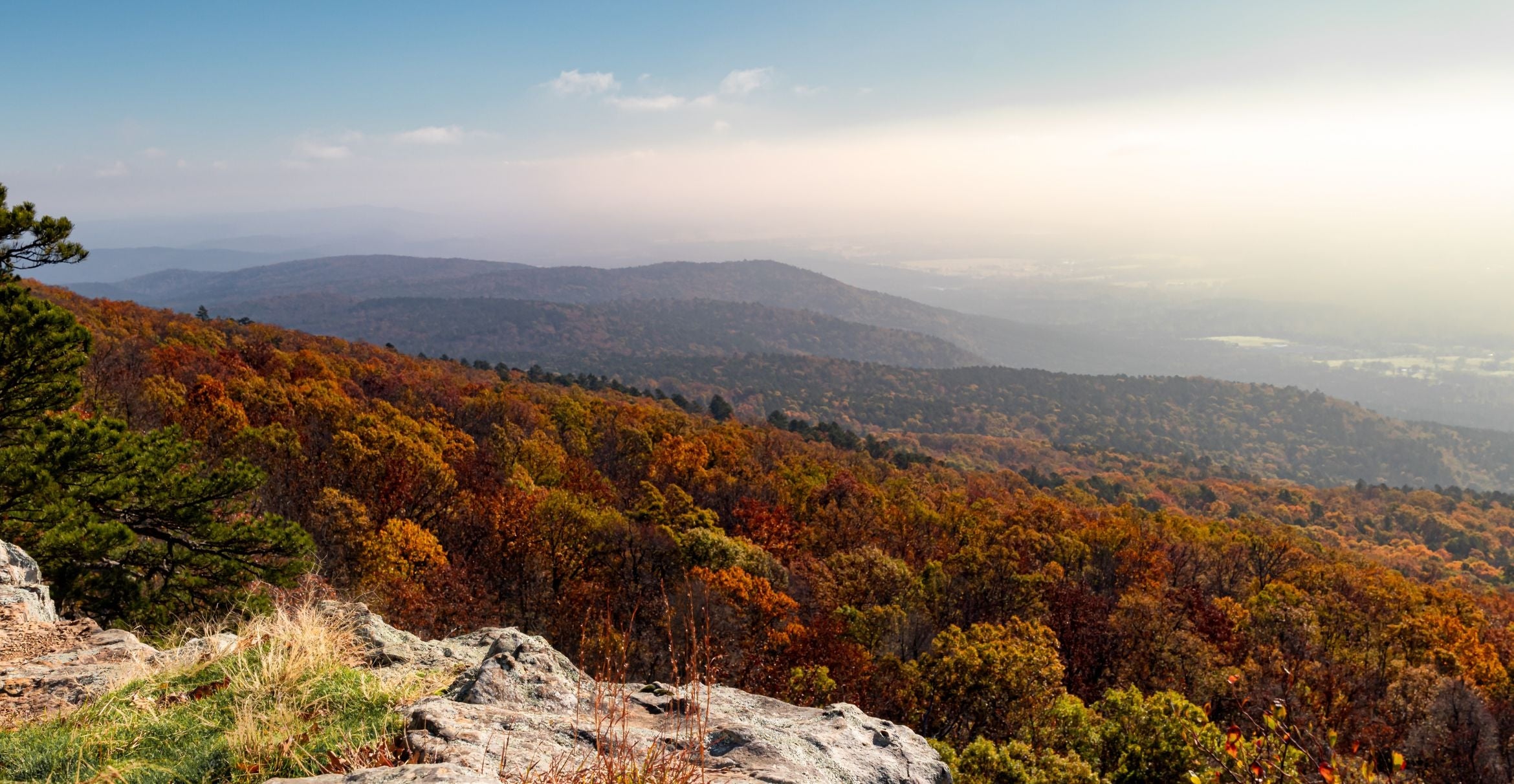
Photo Credit
Benjamin Klinger via iStock
Image
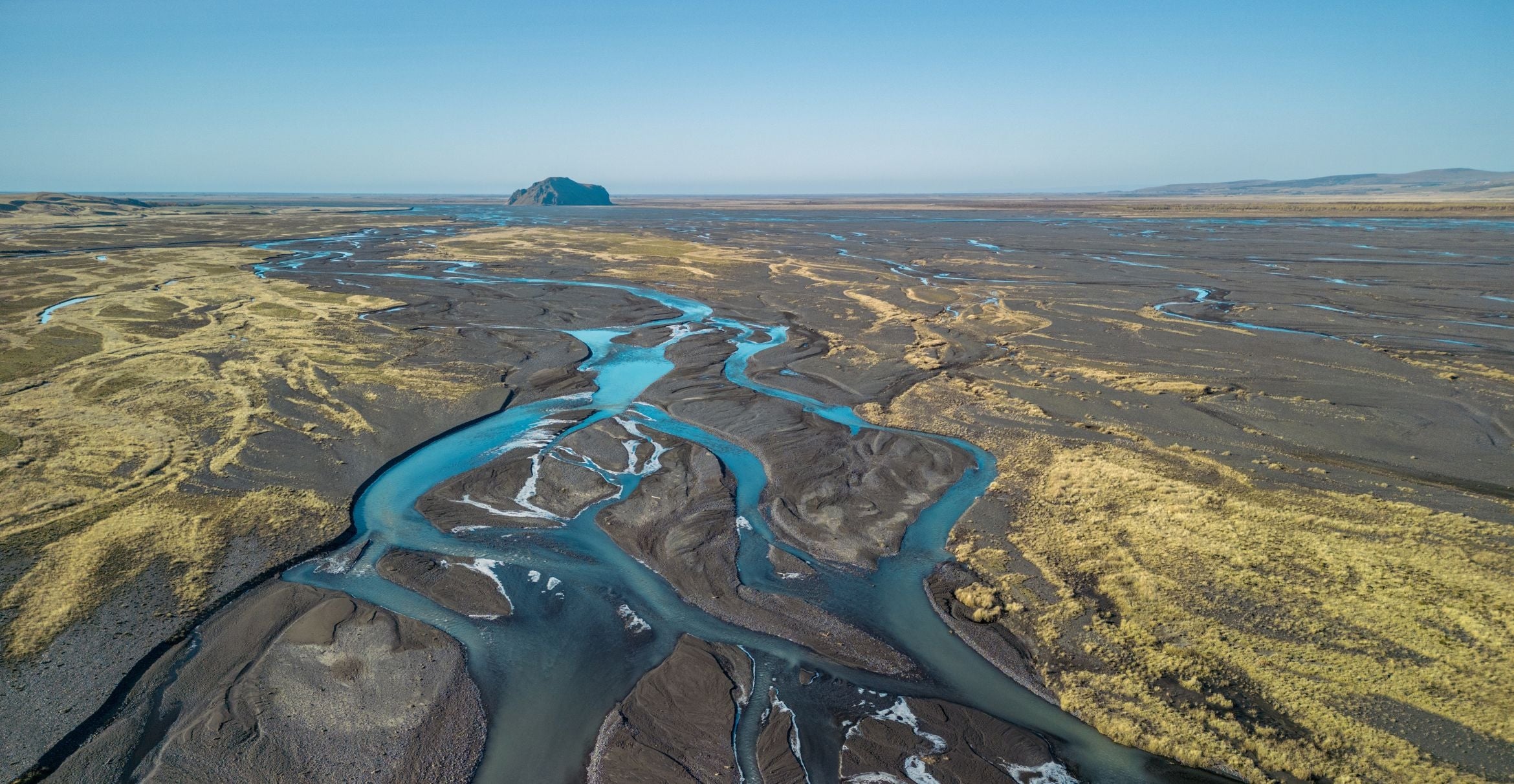
Photo Credit
Luca Ronchi via iStock
Multi-channel rivers predominate in Iceland’s easily eroded volcanic soil.
Image
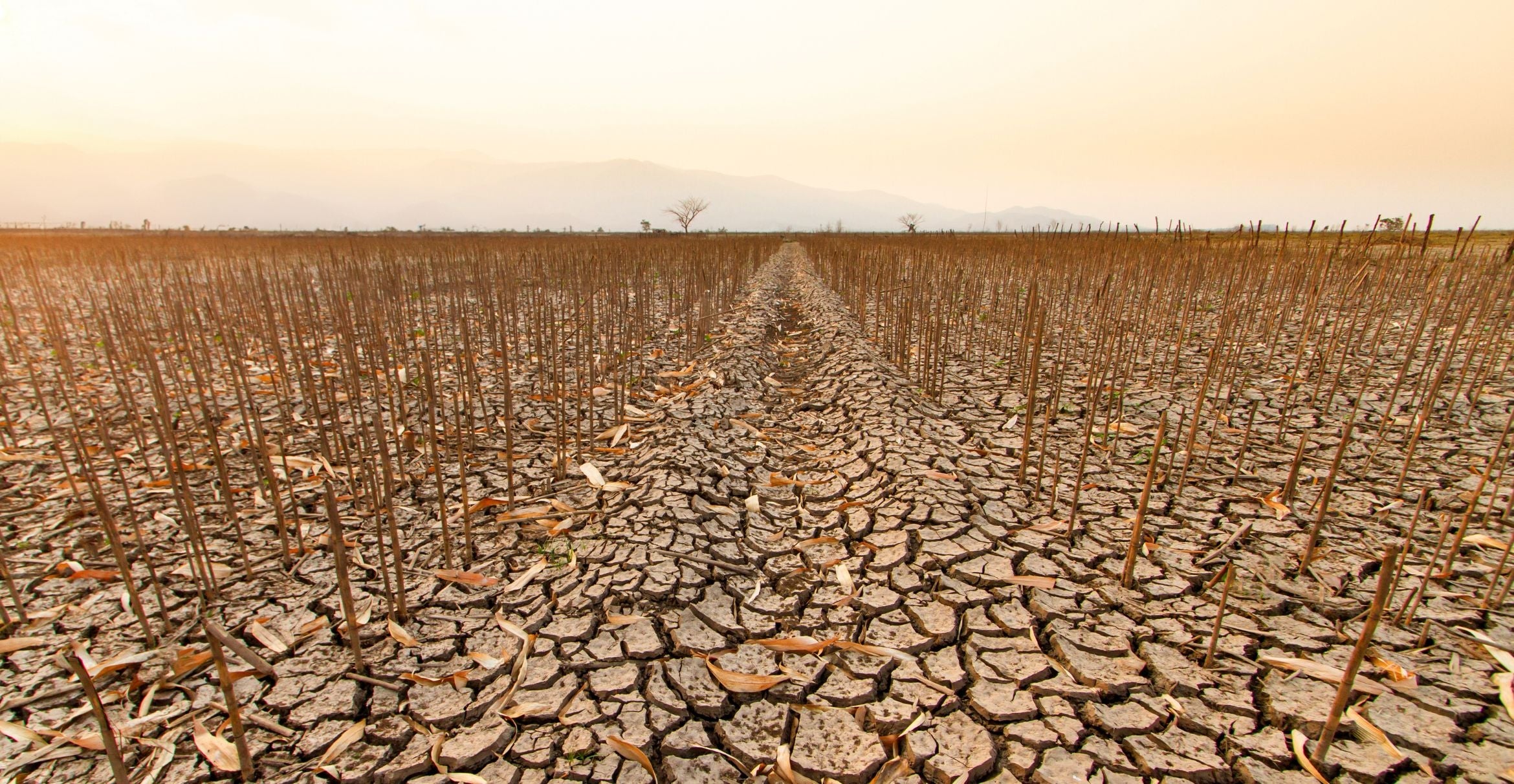
Photo Credit
piyaset via iStock
Warmer air can suck more moisture in dry regions and dump more rain in wet regions. New research reveals that the atmosphere’s drying capacity is outpacing increases to rainfall.
Image

Photo Credit
Yaoinlove via iStock
Children are more sensitive to heat than adults, and chronic overheating can affect their experience and engagement at school.
Image
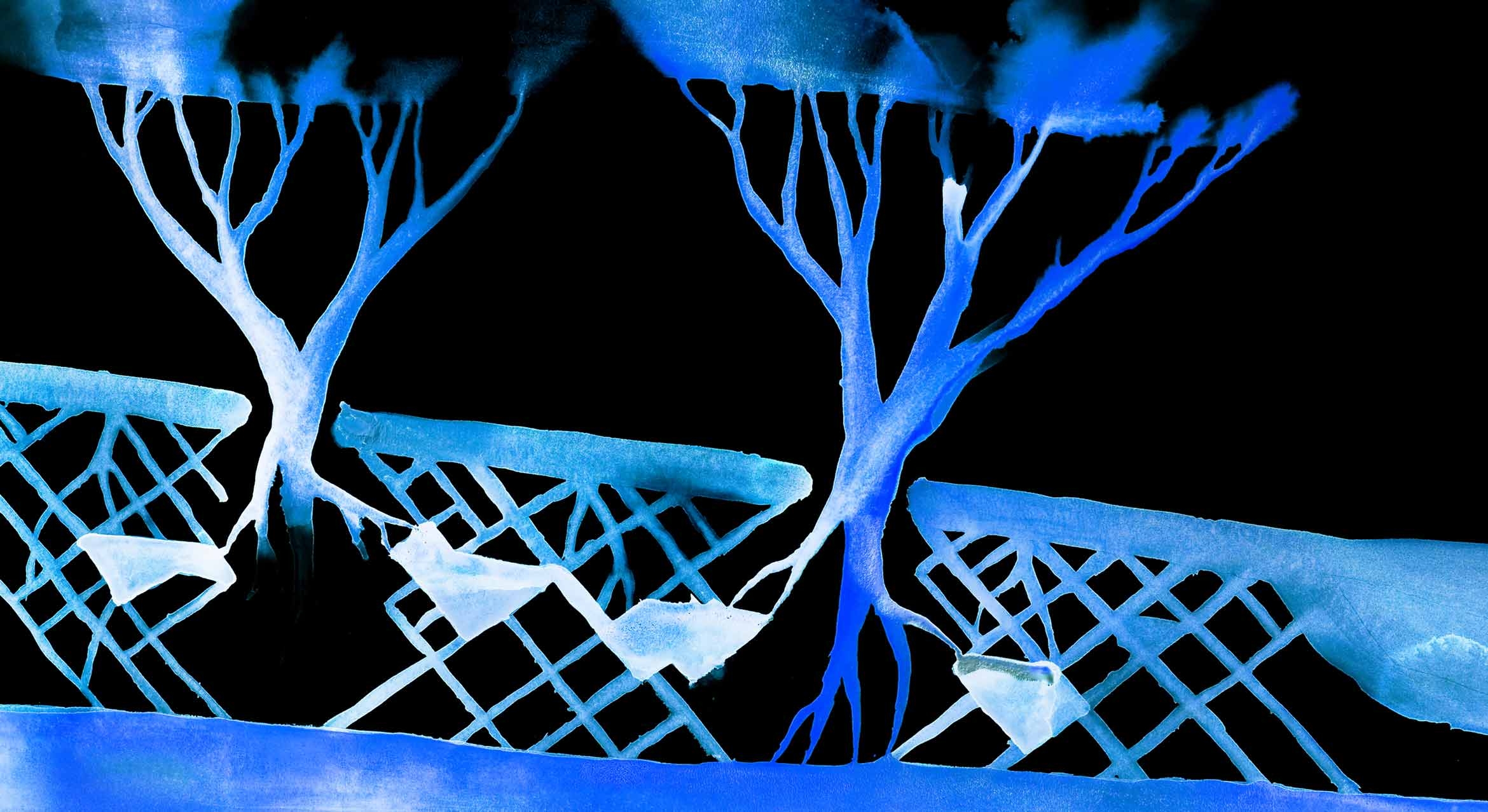
Photo Credit
Ethan Turpin & Naomi Tague
"Tree Water," detail, 2024
Image
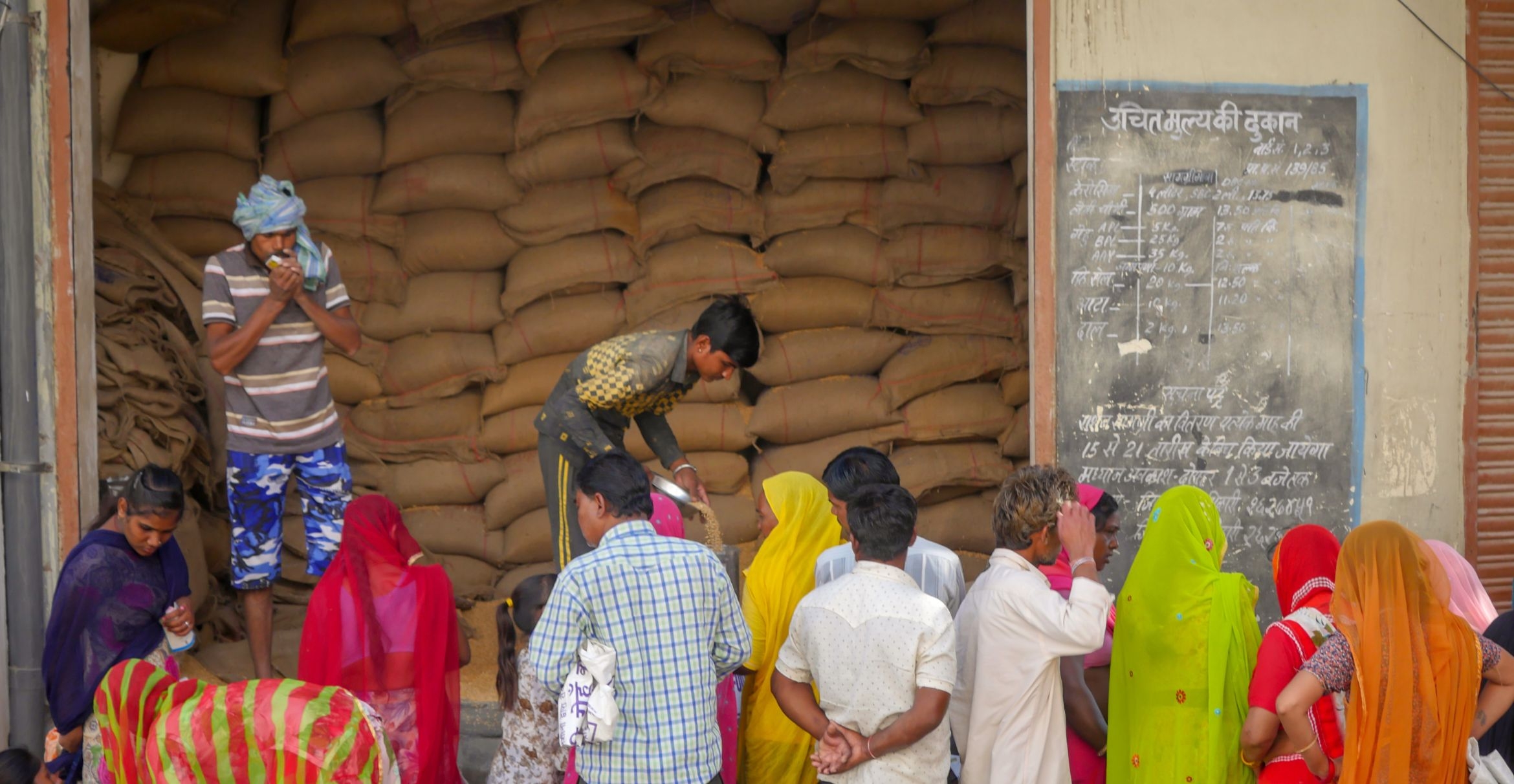
Photo Credit
Azad Jain via iStock
Fair price shops are part of India's Public Distribution System, which distributes food staples at a subsidized price to the poor. The program shows far-reaching benefits.
Image

Photo Credit
Jeff Liang
Chef Hayden Dozier in the kitchen at The Club & Guest House on campus
Image

Photo Credit
Stuart Rankin via Flickr (CC BY-NC 2.0)
The Pineapple Express — an atmospheric river originating in the tropical Pacific — walloped western North America in February 2017. These systems are becoming more frequent at higher latitudes, leaving mid latitudes drier.


